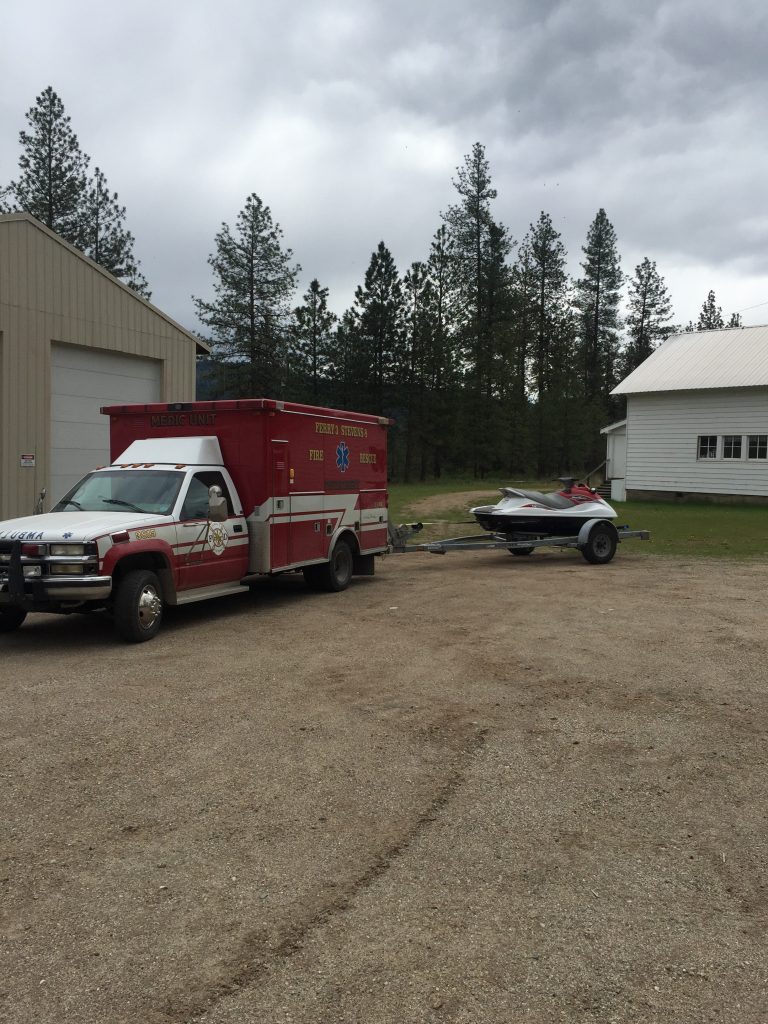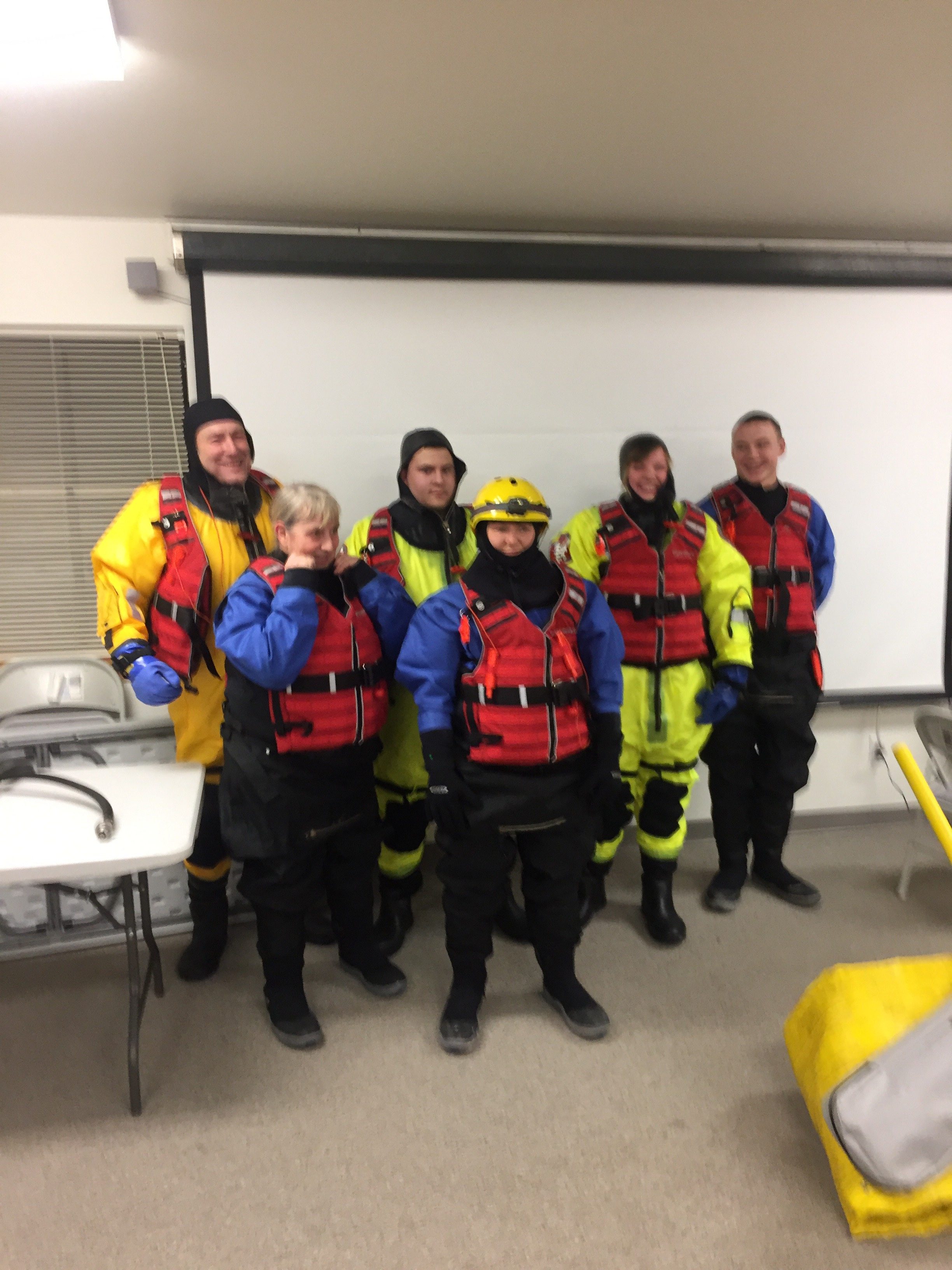Fire Danger: Very High / Extreme
Burn Ban: Rule and Permit burns are banned
Fire danger level is very high. All debris burning on DNR jurisdiction is prohibited. This includes rule burning and permit burning. Campfires are allowed in approved, designated campgrounds only. Contact the county for information on recreation burning and debris burning on improved property.




